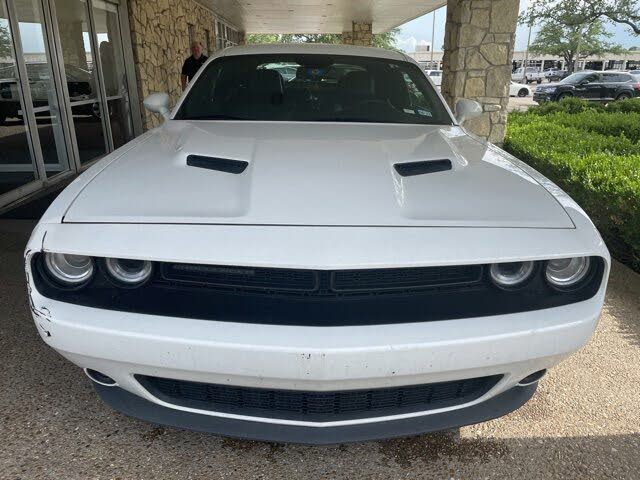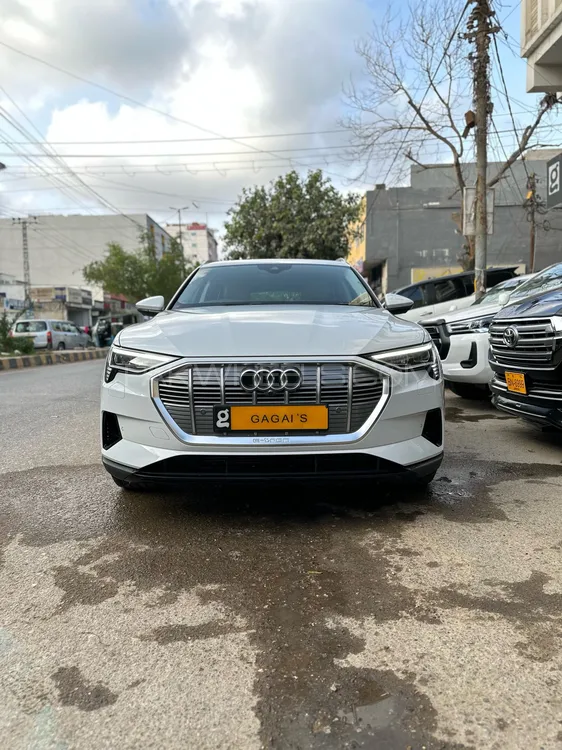Home > News & Blogs > Optimal Timing for PCV Valve Replacement: Signs and Guidelines
Optimal Timing for PCV Valve Replacement: Signs and Guidelines
When Should You Replace Your PCV Valve? The Complete Guide
Key Takeaway: Most vehicles should have their PCV valve inspected every 30,000 miles and replaced every 50,000 miles. However, symptoms like oil leaks, rough idling, or increased oil consumption may indicate earlier replacement is needed.
Understanding the PCV Valve and Its Critical Role
The Positive Crankcase Ventilation (PCV) valve is a small but vital component in your vehicle's emissions control system. First introduced in the 1960s to reduce harmful emissions, this simple device plays a crucial role in maintaining engine health and performance.
What Exactly Does a PCV Valve Do?
The PCV valve serves three primary functions:
- Controls crankcase pressure: Maintains optimal pressure to prevent oil leaks
- Recirculates blow-by gases: Routes harmful combustion gases back into the intake for burning
- Reduces oil contamination: Minimizes sludge formation by removing moisture and combustion byproducts
- --TOP ADVERTISEMENT HERE--
During normal engine operation, high-pressure combustion gases (called "blow-by") escape past the piston rings into the crankcase. Without proper ventilation, these gases would:
- Contaminate engine oil, leading to sludge formation
- Increase crankcase pressure, forcing oil past seals and gaskets
- Contribute to harmful emissions and environmental pollution
Recommended PCV Valve Replacement Intervals
While maintenance schedules vary, most automotive experts recommend:
| Vehicle Type | Inspection Interval | Replacement Interval |
|---|---|---|
| Standard passenger vehicles | Every 30,000 miles | Every 50,000 miles |
| High-performance engines | Every 15,000 miles | Every 30,000 miles |
| Turbocharged/Supercharged | Every oil change | Every 20,000 miles |
Important Note: Some modern vehicles, particularly those with turbochargers, superchargers, or direct fuel injection, may use alternative crankcase ventilation systems without a traditional PCV valve. Always consult your owner's manual or MotorVero's vehicle-specific guides for accurate information.
Signs Your PCV Valve Needs Replacement
A failing PCV valve typically exhibits several noticeable symptoms. Being aware of these warning signs can help you address issues before they cause more serious engine damage.
PCV Valve Stuck Open Symptoms
When the valve remains open continuously, you may notice:
- Rough idle: Engine runs unevenly at low RPMs
- Oil consumption: Increased oil usage between changes
- Check Engine Light: Potential P0171 (system too lean) or P0172 (system too rich) codes
- Performance issues: Hesitation or stumbling during acceleration
- Oil in intake: Visible oil accumulation in the throttle body or intake manifold
PCV Valve Stuck Closed Symptoms
A closed or clogged valve presents different symptoms:
- Oil leaks: Increased pressure forces oil past seals and gaskets
- Sludge formation: Rapid oil contamination and degradation
- Whistling noises: Pressure buildup may create unusual sounds
- Dipstick expulsion: Oil dipstick may pop out due to excessive pressure
- Breather hose issues: May collapse or show signs of excessive pressure
- --FIRST CONTENT ADVERTISEMENT HERE--
How to Test Your PCV Valve
Testing your PCV valve is a straightforward process that can save you money on unnecessary replacements. Here's a step-by-step guide:
Visual Inspection
- Locate the valve: Typically found in the valve cover, connected to a rubber hose leading to the intake manifold
- Check hoses: Inspect for cracks, brittleness, or oil saturation
- Examine the valve: Look for excessive oil deposits or physical damage
Functional Testing
- Remove the valve: Disconnect from its hose (may require twisting or gentle prying)
- Shake test: Vigorously shake the valve - you should hear a distinct rattling sound
- Vacuum test: With engine running, place your finger over the valve opening - you should feel strong vacuum
- Click test: Covering and uncovering the valve should produce an audible click
Pro Tip: Always check the breather hose and filter (if equipped) when inspecting your PCV system. A clogged breather can mimic PCV valve failure symptoms.
PCV Valve Replacement: What You Need to Know
When replacement becomes necessary, follow these guidelines for optimal results:
Choosing the Right Replacement Part
- OEM vs. aftermarket: Genuine OEM parts often provide better fit and longevity
- Material quality: Look for metal-bodied valves rather than plastic for durability
- Vehicle-specific designs: Ensure the replacement matches your engine's requirements
Installation Tips
- Always replace the grommet when changing the PCV valve
- Inspect and replace cracked or hardened hoses
- Use a small amount of oil to lubricate the new valve for easier installation
- Ensure all connections are secure to prevent vacuum leaks
--SECOND CONTENT ADVERTISEMENT HERE--
The Consequences of Neglecting PCV Valve Maintenance
Failing to maintain your PCV system can lead to several serious and costly problems:
- Engine sludge: Contaminated oil forms damaging deposits throughout the engine
- Seal and gasket failure: Excessive pressure causes leaks and oil consumption
- Catalytic converter damage: Oil contamination can clog and destroy this expensive component
- Reduced fuel economy: Improper air/fuel mixture decreases efficiency
- Accelerated engine wear: Contaminated oil provides less protection
Special Considerations for Modern Vehicles
Newer engine designs present unique PCV system challenges:
Turbocharged and Supercharged Engines
Forced induction engines experience higher crankcase pressures, making PCV system maintenance even more critical. Many feature:
- More complex multi-stage ventilation systems
- Oil separators to prevent turbocharger contamination
- Electronic monitoring of crankcase pressure
Direct Injection Engines
GDI engines are particularly prone to:
- Intake valve carbon buildup from PCV system contaminants
- Increased oil dilution from fuel contamination
- More frequent PCV system maintenance requirements
- --THIRD CONTENT ADVERTISEMENT HERE--
When to Consult a Professional
While PCV valve replacement is often a DIY-friendly job, seek professional assistance when:
- Your vehicle shows persistent symptoms after replacement
- You can't locate the PCV valve or related components
- The engine has significant sludge buildup
- You suspect other related issues (e.g., excessive blow-by)
Regular PCV system maintenance is one of the most cost-effective ways to protect your engine's longevity and performance. By following MotorVero's comprehensive guide, you can ensure your vehicle's crankcase ventilation system operates efficiently for years to come.

Motorvero G-queen
Last Updated On Jul, 17-2025

















